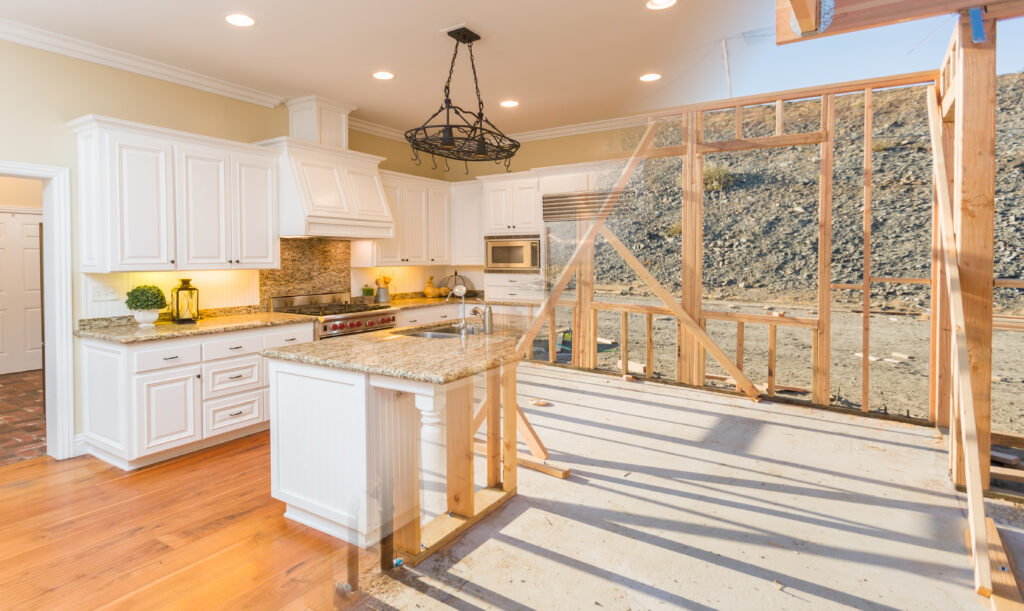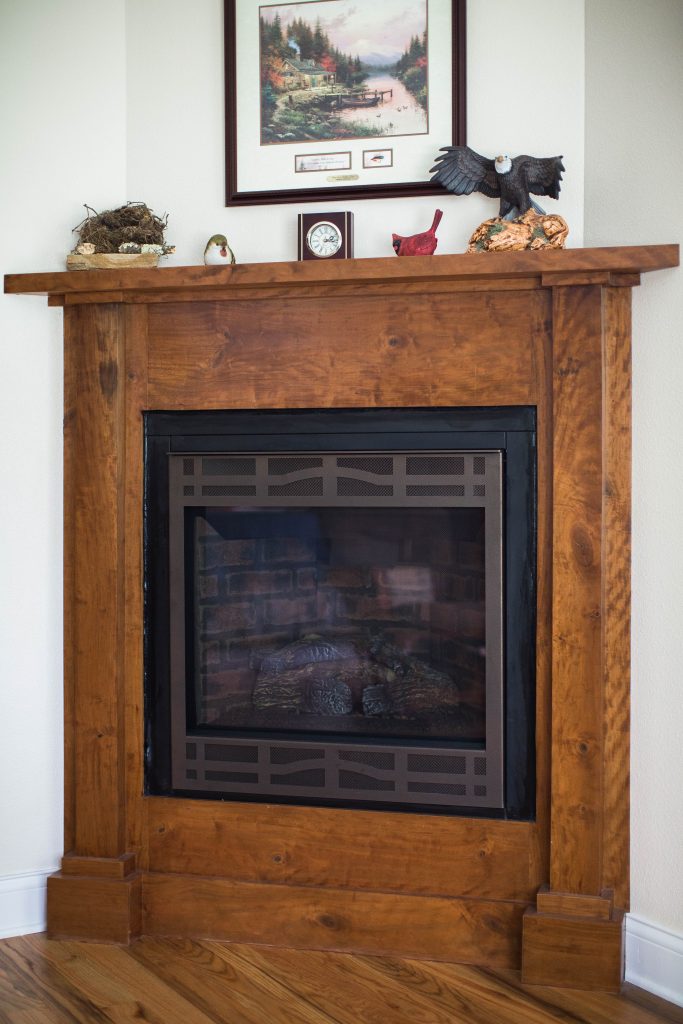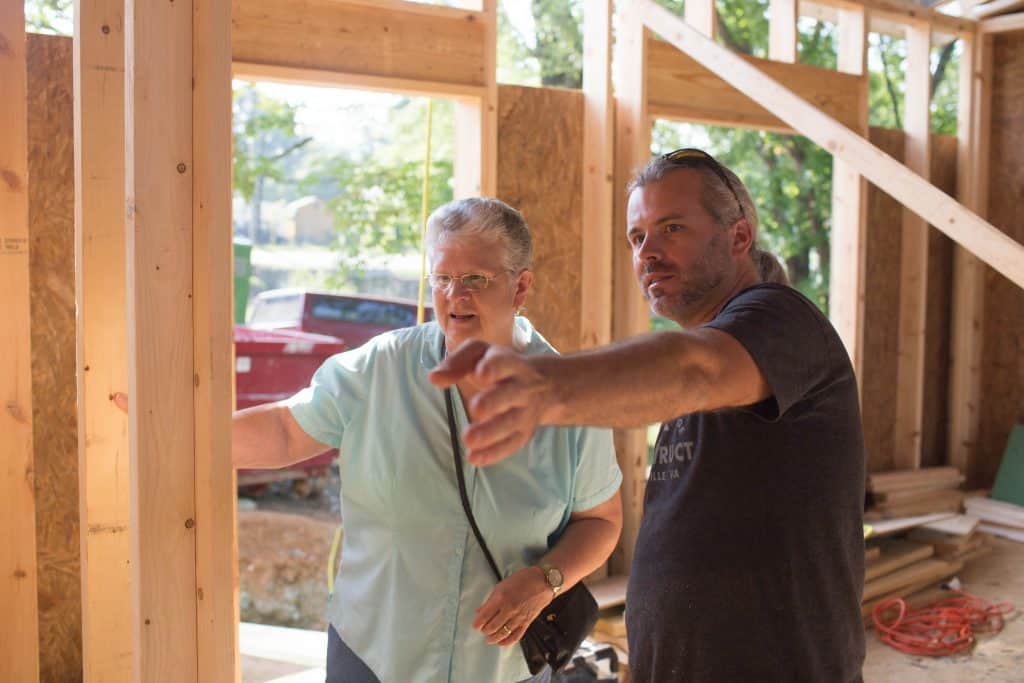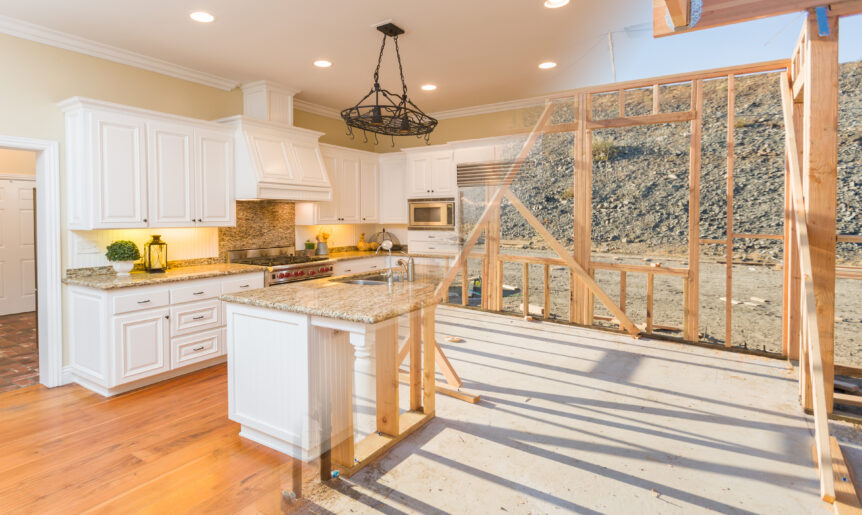
Table of contents
The pandemic brought one question to the forefront for many Americans: Does this homework for me? Months spent almost exclusively at home inspired quite a few people to take on major home renovations or move somewhere that better fits their new lifestyle. For some people, it’s even sparked curiosity about building a custom home that’s just right.
But how do you budget for a custom build? The market for existing homes has gone wild, and new construction isn’t far behind. As buyers compete for a limited supply of existing homes, demand for new housing starts has skyrocketed. Under a supply-chain strain, lumber costs hit a record high in May. Construction labor shortages — a problem since the Great Recession — have only driven prices higher.
Location is the biggest driver of demand and price, and you’ll want to consider not only the broader neighborhood but specifics like whether you want to install solar to power your home.
All of this means new construction is costly in 2021, but that doesn’t mean that the home you’ve dreamed of building is out of reach. The way you allocate your budget for a custom build is still the same — you just have to plan ahead and be prepared.
The Big Picture Budget
When you’re budgeting for a custom home, much of it will come down to the details of your specific area and construction plans. Still, it helps to be aware of averages. Comparing data from HomeAdvisor and the National Association of Home Builders (NAHB), the typical custom home build in the U.S. came in around $300,000 in 2020.
U.S. Census data from 2019 helps to break this down even further by region, with the total cost based on an average 2,322 square-foot home:
- Northeast: $155.68 per sq. ft. ($361,488.96)
- South: $110.19 per sq. ft. ($255,861.18)
- Midwest: $129.01 per sq. ft. ($299,561.22)
- West: $158.73 per sq. ft. ($368,571.06)
- U.S. as a whole: $126.15 per sq. ft. ($292,920.30)
That cost doesn’t account for labor and materials in your specific city, but it does at least give you a starting point and a price-per-square-foot to work with. From there, you can get more specific.
Breaking Down Your Custom Home Costs
Ultimately, the budget allocation for a custom home build comes down to three main areas: lot, construction and finishes. As you plan, there are rules of thumb you can follow to make sure your costs don’t get out of hand. Let’s look at each area.

Lot
Where you choose to build will have a big impact on your final cost. Location is the biggest driver of demand and price, and you’ll want to consider not only the broader neighborhood but specifics like whether you want to install solar to power your home.
The lot for your house isn’t only a question of the cost of the land, though. You also need to investigate how much work is needed to get the lot ready for your custom build. Are there utility hookups? Is the land zoned properly? How much work is needed to clear the land? Clearing and grading land, as well as running utility lines from miles away, can drive up your project cost quickly. Choosing a lot for a mountain home has special considerations as well.
In general, your total land costs including site prep shouldn’t exceed 25% of your budget.
Construction
The other 75% of your main costs should be devoted to construction, which includes labor and materials for building the home from the ground up. So, if you’ve allocated $100,000 toward land, you’re planning on total land and construction costs of roughly $400,000.
Even if you don’t expect to, you might someday sell your custom home, so the resale value should be a consideration.
Here, it’s important to work with knowledgeable professionals to ensure everything is done correctly and you can budget accurately. Part of your budget should include the costs of hiring an architect, general contractor (GC) and, in some cases, a builder (though this role is often filled by the GC).
Working with the right team will ensure you pull the right permits and give you a chance to consider all material and labor costs before you sign off on any specific plans.

Finishes
Landscaping, decorations, furnishing and finishing touches are important, but they’re also the easiest expenses for you to trim if the numbers are getting away from you. After all, you can always modify or enhance the landscaping or buy additional furniture later on.
A good guideline for finishes is to plan for an additional 5% to 10% on top of your land and construction costs. So, in the case of your $400,000 home, you’d tack on an additional $20,000–$40,000 for finishing touches, bringing your total budget to $420,000–$440,000.
Other Considerations
You’ll also want to consider what type of loan you want for your custom home. If you go with a basic land loan, you might face higher rates, and you’ll have to get an additional loan for the home itself. A construction-to-permanent loan, on the other hand, will cover everything and keep your closing costs down because it’s just one loan.
Finally, be sure you’re looking at the whole neighborhood. Even if you don’t expect to, you might someday sell your custom home, so the resale value should be a consideration. With this in mind, your home should fit into the area and appeal to someone who would look to buy there. Don’t build a 4,000 square-foot home in a subdivision of modest 2,000 square-footers. Likewise, don’t take up an entire lot with the build if your neighbors all have plenty of elbow room.
Building a custom home is a thrill — you finally get to have your dream home just how you want it. But it can quickly turn into a nightmare if your budget gets out of control. A little planning will help you keep stress down and make your dream a reality.
Contact Kaizen Homes when you’re ready to talk about your custom house. We’re always happy to start a conversation.

